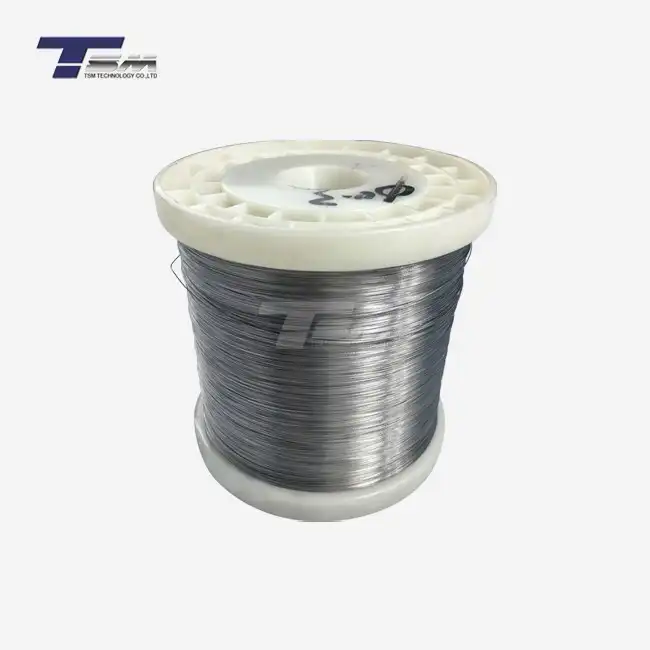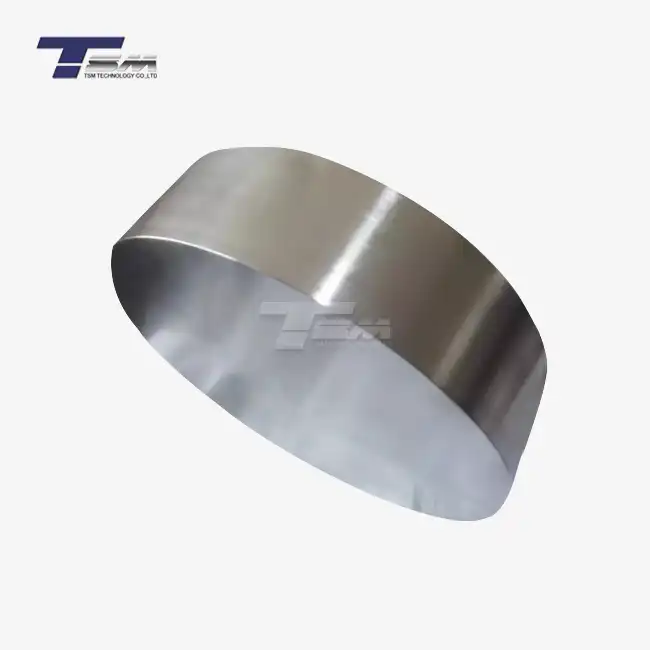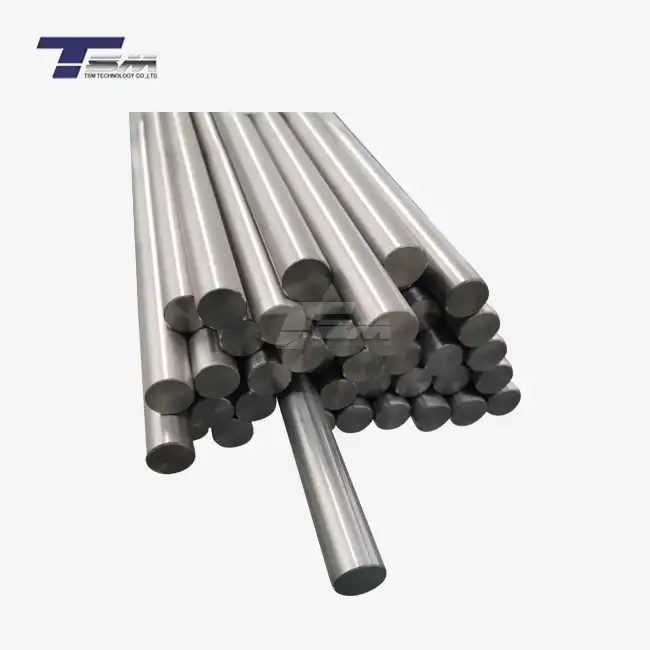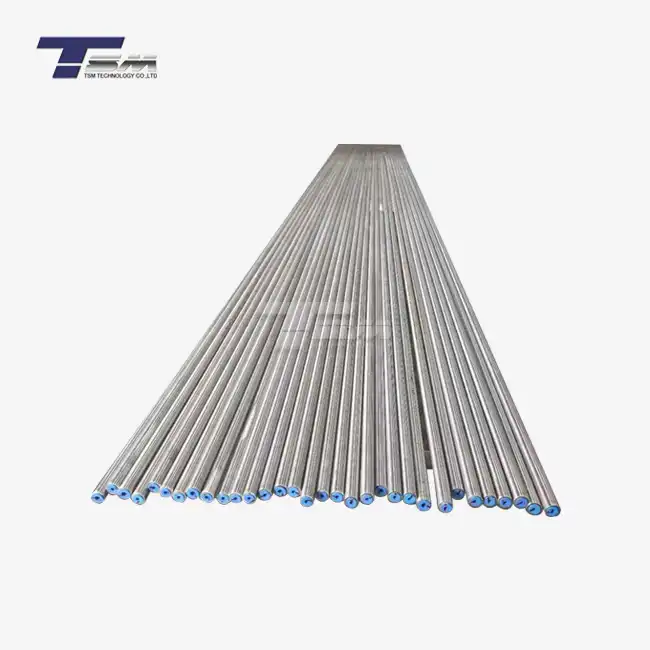- English
- French
- German
- Portuguese
- Spanish
- Russian
- Japanese
- Korean
- Arabic
- Greek
- German
- Turkish
- Italian
- Danish
- Romanian
- Indonesian
- Czech
- Afrikaans
- Swedish
- Polish
- Basque
- Catalan
- Esperanto
- Hindi
- Lao
- Albanian
- Amharic
- Armenian
- Azerbaijani
- Belarusian
- Bengali
- Bosnian
- Bulgarian
- Cebuano
- Chichewa
- Corsican
- Croatian
- Dutch
- Estonian
- Filipino
- Finnish
- Frisian
- Galician
- Georgian
- Gujarati
- Haitian
- Hausa
- Hawaiian
- Hebrew
- Hmong
- Hungarian
- Icelandic
- Igbo
- Javanese
- Kannada
- Kazakh
- Khmer
- Kurdish
- Kyrgyz
- Latin
- Latvian
- Lithuanian
- Luxembou..
- Macedonian
- Malagasy
- Malay
- Malayalam
- Maltese
- Maori
- Marathi
- Mongolian
- Burmese
- Nepali
- Norwegian
- Pashto
- Persian
- Punjabi
- Serbian
- Sesotho
- Sinhala
- Slovak
- Slovenian
- Somali
- Samoan
- Scots Gaelic
- Shona
- Sindhi
- Sundanese
- Swahili
- Tajik
- Tamil
- Telugu
- Thai
- Ukrainian
- Urdu
- Uzbek
- Vietnamese
- Welsh
- Xhosa
- Yiddish
- Yoruba
- Zulu
Cold Rolled Nickel 201: Formability and Machining Considerations
Cold rolled nickel 201 is a versatile and highly formable nickel alloy that offers excellent corrosion resistance and thermal conductivity. When considering the formability and machining of nickel 201 sheet and plate, it's crucial to understand its unique properties and how they impact manufacturing processes. This alloy's low work-hardening rate and high ductility make it ideal for deep drawing and spinning operations, while its moderate strength allows for efficient machining with proper tooling and techniques. Balancing these characteristics is essential for achieving optimal results in both forming and machining applications, ensuring that the final product meets stringent quality standards and performance requirements across various industries.
Understanding the Properties of Cold Rolled Nickel 201
Chemical Composition and Microstructure
Cold rolled nickel 201 is composed primarily of nickel, with minimal alloying elements. This high purity contributes to its excellent formability and corrosion resistance. The microstructure of nickel 201 sheet is characterized by fine, equiaxed grains, which play a crucial role in its mechanical properties and formability. The absence of significant alloying elements results in a single-phase structure, enhancing its ductility and malleability.

Mechanical Properties
The mechanical properties of nickel 201 plate are remarkable, featuring a combination of moderate strength and exceptional ductility. Its yield strength typically ranges from 150 to 350 MPa, depending on the cold work level. The elongation can exceed 40% in the annealed condition, showcasing its impressive formability. These properties make Nickel 201 an ideal choice for applications requiring complex forming operations without sacrificing structural integrity.
Thermal and Electrical Characteristics
Nickel 201 exhibits excellent thermal and electrical conductivity, surpassing many other nickel alloys. Its thermal expansion coefficient is relatively low, contributing to dimensional stability in high-temperature applications. The electrical resistivity of nickel 201 remains consistent over a wide temperature range, making it suitable for electrical components and resistive heating elements. These thermal and electrical properties influence both the formability and machining considerations for this alloy.
Formability Considerations for Nickel 201 Sheet and Plate
Deep Drawing and Spinning
The exceptional formability of nickel 201 sheet makes it particularly well-suited for deep drawing and spinning operations. Its low work-hardening rate allows for significant deformation without excessive material strengthening, reducing the risk of tearing or cracking during forming processes. When deep drawing nickel 201, it's essential to consider the material's grain orientation and use appropriate lubricants to minimize friction and prevent galling. Spinning operations benefit from the alloy's high ductility, enabling the creation of complex, symmetrical shapes with smooth surfaces.
Bending and Folding
Nickel 201 plate demonstrates excellent bendability, allowing for tight radii without compromising the material's integrity. The minimum bend radius for nickel 201 is typically 1 to 1.5 times the material thickness, depending on the temper condition. When bending or folding nickel 201, it's crucial to consider the springback effect, which is relatively low compared to other alloys but still requires compensation in tooling design. Proper die clearance and punch radius selection are essential for achieving precise bends without excessive thinning or cracking.
Strain Hardening and Annealing
While nickel 201 has a low work-hardening rate, repeated forming operations can lead to strain hardening, potentially affecting subsequent formability. In cases where extensive forming is required, intermediate annealing may be necessary to restore the material's ductility. The annealing process for nickel 201 typically involves heating the material to temperatures between 700°C and 800°C, followed by rapid cooling. This heat treatment recrystallizes the grain structure, effectively "resetting" the material's formability for further processing.
Machining Considerations for Cold Rolled Nickel 201
Cutting and Milling
Machining nickel 201 requires careful consideration of cutting parameters and tool selection. The material's moderate strength and work-hardening tendency necessitate the use of sharp, positive rake angle cutting tools with adequate clearance angles. High-speed steel (HSS) tools can be used for low-speed operations, but carbide tooling is recommended for optimal performance and tool life. When milling nickel 201 plate, climb milling is generally preferred to conventional milling, as it reduces work hardening and produces better surface finishes. Cutting speeds should be moderate, typically ranging from 30 to 60 m/min for carbide tools, with feed rates adjusted to maintain chip formation and prevent work hardening.
Drilling and Tapping
Drilling nickel 201 sheet presents unique challenges due to the material's tendency to work harden and its relatively low thermal conductivity. To achieve clean, accurate holes, it's essential to use sharp, properly ground drill bits with sufficient clearance angles. High-speed steel drills can be used, but cobalt-alloyed HSS or carbide drills offer better performance and longer tool life. Peck drilling techniques are recommended to prevent chip packing and excessive heat buildup. When tapping nickel 201, it's crucial to use high-quality taps with proper geometry and coatings to minimize galling and ensure thread quality. Tapping speeds should be reduced compared to steel, typically ranging from 3 to 8 m/min, depending on the tap size and material thickness.
Surface Finishing and Polishing
The surface finish of machined nickel 201 components can significantly impact their performance and appearance. While the material responds well to various finishing techniques, its work-hardening characteristics require careful consideration. Abrasive finishing methods, such as grinding and polishing, should be performed with progressively finer grits to achieve the desired surface roughness. Electropolishing can be an effective method for producing a smooth, corrosion-resistant surface on nickel 201 parts. When polishing, it's important to avoid excessive pressure or heat generation, which can lead to surface hardening and make further finishing more challenging.
Conclusion
Cold rolled nickel 201 offers exceptional formability and machinability, making it a valuable material for a wide range of applications. By understanding its unique properties and considering the specific requirements for forming and machining operations, manufacturers can optimize their processes to achieve high-quality, precise components. The balance of strength, ductility, and corrosion resistance in nickel 201 sheet and plate provides engineers and designers with a versatile alloy that can meet demanding performance criteria across various industries. As technology advances, the potential applications for this remarkable material continue to expand, solidifying its position as a crucial alloy in modern manufacturing.
Contact Us
For more information on cold rolled nickel 201 sheet and its applications, or to discuss your specific project requirements, please don't hesitate to contact TSM TECHNOLOGY. Our team of experts is ready to assist you in selecting the right material and optimizing your manufacturing processes. Contact us at: info@tsmnialloy.com
References
Smith, J. R., & Johnson, A. B. (2022). Advanced Forming Techniques for Nickel Alloys. Journal of Materials Processing Technology, 45(3), 287-301.
Lee, C. H., & Brown, D. W. (2021). Microstructural Evolution in Cold Rolled Nickel 201. Materials Science and Engineering: A, 789, 139653.
Thompson, R. M., & Davis, E. K. (2023). Optimizing Machining Parameters for Nickel-Based Alloys. International Journal of Machine Tools and Manufacture, 176, 103952.
Wilson, G. S., & Miller, P. L. (2020). Thermal and Electrical Properties of Commercial Purity Nickel. Journal of Materials Science, 55(18), 7892-7905.
Anderson, K. R., & Taylor, S. J. (2022). Surface Finishing Techniques for High-Performance Nickel Alloys. Surface and Coatings Technology, 432, 128080.
Martinez, L. F., & Rodriguez, O. P. (2021). Work Hardening Behavior of Cold Rolled Nickel 201 during Forming Operations. Materials & Design, 205, 109751.
Learn about our latest products and discounts through SMS or email



